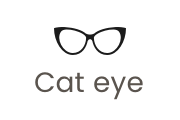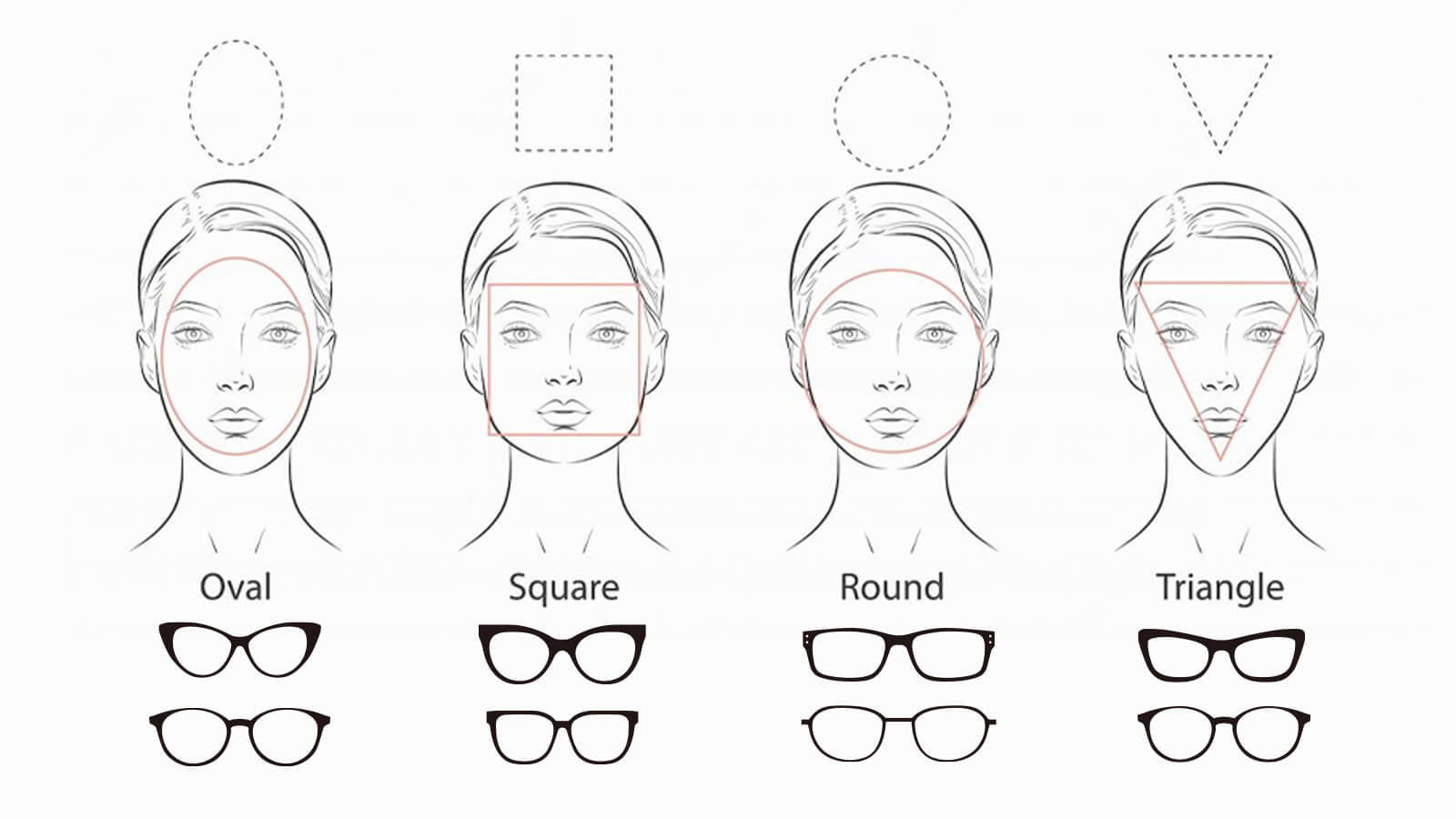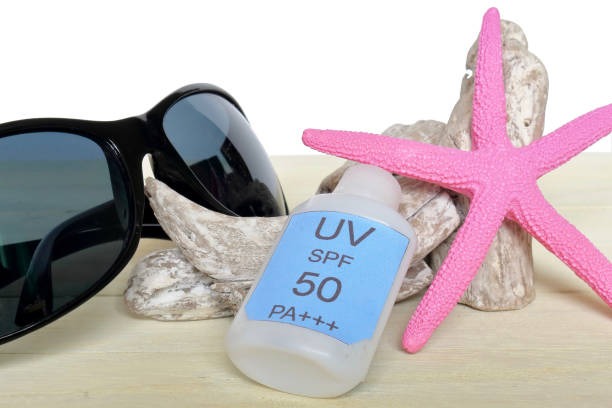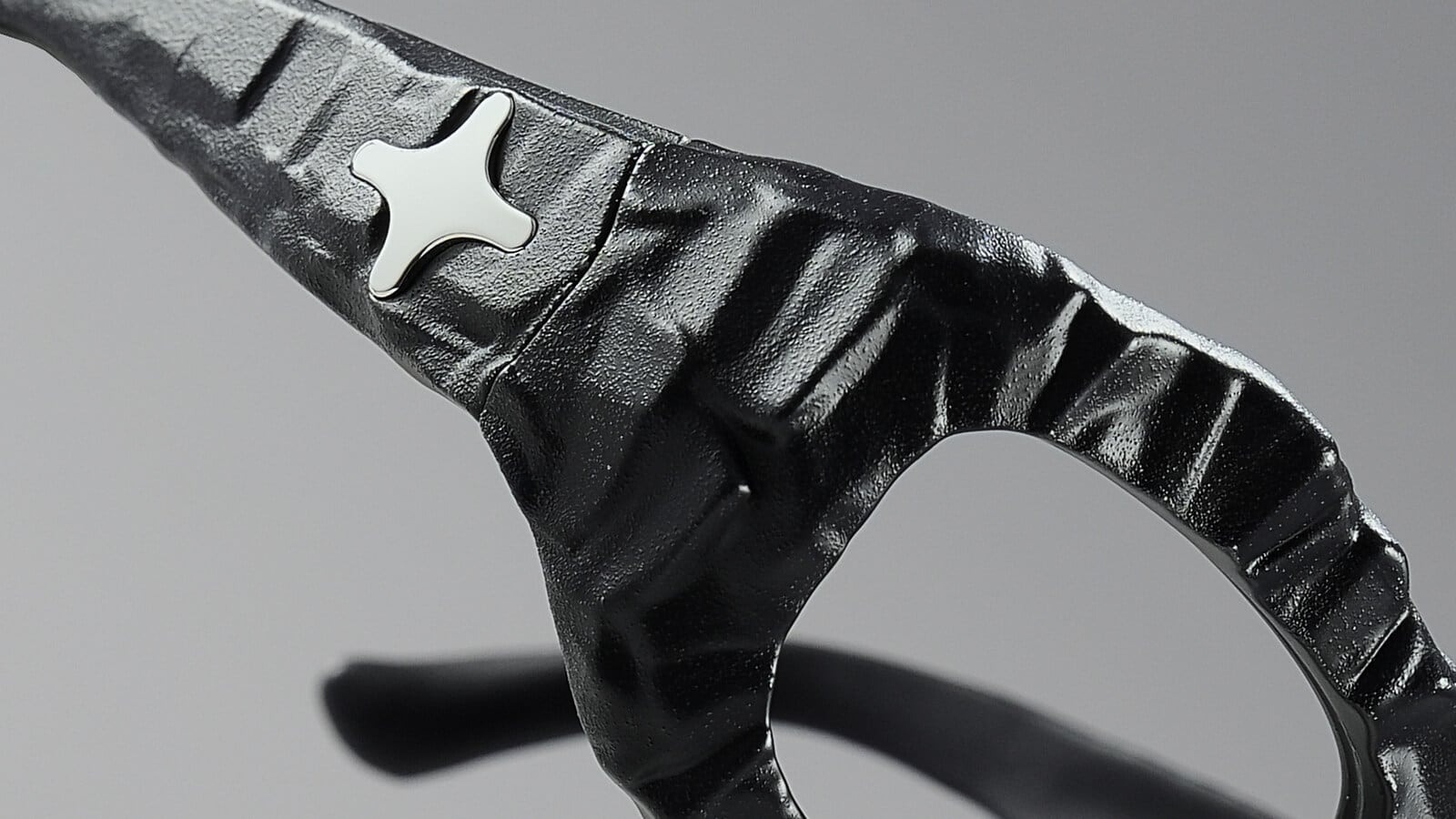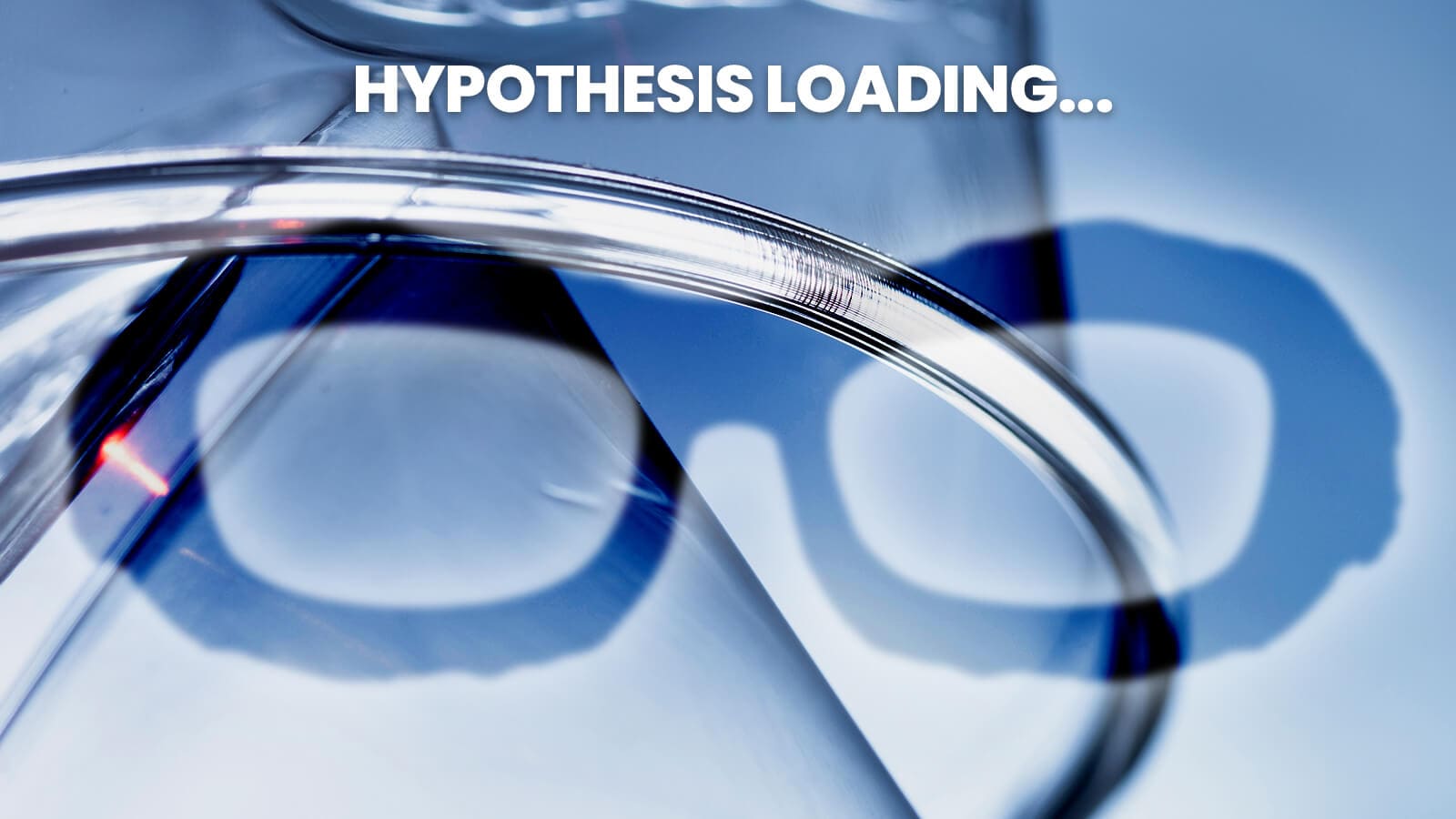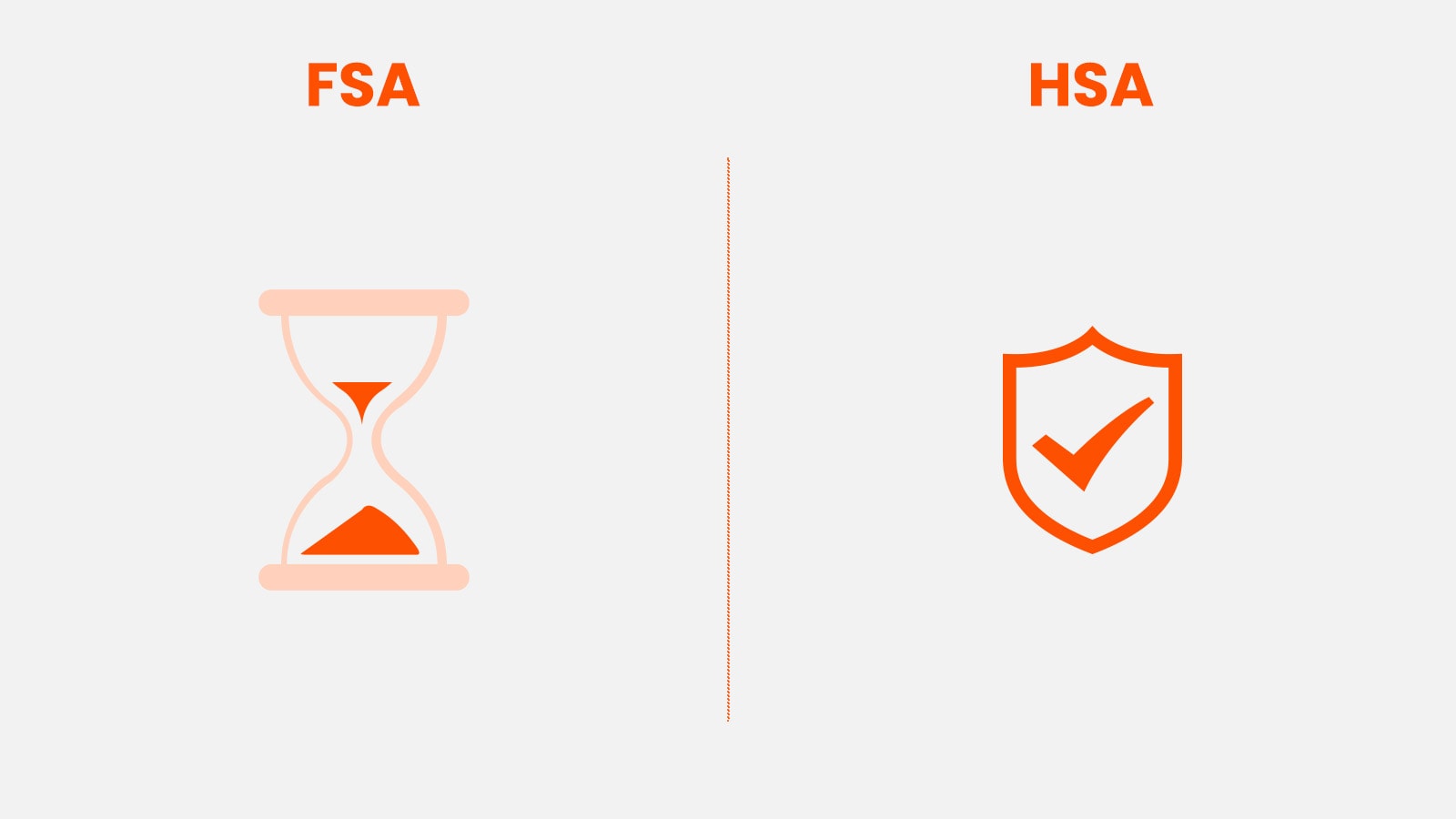
Guide to Picking Glasses That Suit Your Face Shape Perfectly
February 27,2023

What is Boho Style? A Comprehensive Guide to Boho-Chic Fashion
February 13,2025

Virtual Glasses Try On - Find Your Perfect Pair Online
April 02,2024

UV Protection Glasses VS. Blue Light Glasses - Vooglam
July 20,2023

Newest Style Modern Trendy Mens Glasses | Vooglam
March 01,2024

Stylish Reading Glasses: Blending Fashion with Functionality
February 16,2023

What are photochromic lenses & glasses?
September 22,2023

Brown Eyes: The Beauty of the Most Common Hue
September 01,2024

The chubby face glasses for round face female
August 02,2023

What are prisms in eyeglasses?
March 20,2023

What are Bifocal Lenses? - Vooglam
April 14,2023

How to Read Your Eyeglass Prescription?
March 11,2023
Lenses Made Simple: Types of Lenses for Your Spectacles
New glasses should be fun, but the lens choices can confuse anyone. Words like “progressive,” “trivex,” or “photochromic” sound too technical. You want to see clearly, look good, and feel sure you made the right choice.
This guide will make things simple. We explore lens design, lens material, and lens coatings. By the end, you will feel ready to choose lenses with confidence.

Lens Design: The Lenses That Match Your Vision Needs
Your lenses aren’t all the same. The design decides if you see far, near, or both. Vooglam has a few types, and each works for different needs.
The Fashion & Function Standard: Non-Prescription Lenses
Not everyone wears glasses to fix vision. Some people wear glasses as a fashion. Non-prescription lenses have zero power. Doctors call that 0.00 diopters. These lenses do not change how you see. They can still help you by blocking dust, wind, or sun. They also serve as a base for coatings like blue-light filters. Vooglam offers many stylish frames that make non-prescription lenses a cool choice.
The Monofocal Standard: Single Vision Lenses
Single vision lenses are the most common. Each lens has one prescription. You use them for distance or for near tasks like reading. You'll need these if you have myopia (short-sightedness), hyperopia (farsightedness), or astigmatism.
Addressing Presbyopia: A Deep Dive into Multifocal Lenses

Bifocals & Trifocals
As eyes age, near tasks become hard. This is presbyopia. Multifocal lenses fix both near and far vision.
As you get older, reading up close can be tough. That’s presbyopia. Bifocals fix this by giving you two sections, one for distance and one for near. Trifocals add a middle part for things like computer work. They do the job, but the lines on the lens are visible, and your eyes can feel a jump when you switch zones.
Progressive Lenses
Progressives are like an upgrade from bifocals. They don’t have lines, and the power changes smoothly from top to bottom. You can see far, near, and in between without switching glasses. They look like ordinary lenses, which many people love. At first, they might take time to get used to them, and the edges may feel a bit blurry. However, they feel completely natural once you get accustomed to them. Vooglam cuts their progressives with free-form tech, giving them a wider, clearer area and making them easier to wear.
Choosing the Right Lens Material
Choosing a lens material means choosing one that looks a certain way, feels clear, and is strong enough. If your prescription is high, you’ll want something thinner. Strength comes first if you live an active life or need glasses for kids.
Material Matrix: A Comparison of Key Properties
| Material Name | Refractive Index (n) | Abbe Value (Vd) | Weight | Impact Resistance | Key Advantages | Key Disadvantages |
| CR-39 Plastic | 1.50 | 58 | Medium | Low | Clear vision, low cost | Thick, scratches easily, weak |
| Polycarbonate | 1.59 | 30 | Low | Very High | Thin, light, very strong | Poor clarity, more color blur |
| Trivex | 1.53 | 43–45 | Very Low | Very High | Sharp vision, strong, lightest | Higher cost than poly |
| High-Index | 1.60–1.74 | 32–42 | Low | Moderate | Very thin and light for strong Rx | Lower clarity, more glare |
CR-39 Plastic Lenses
This is the most basic lens material. It’s easy on the budget, which makes it a good fit if your prescription is mild, around ±2.00 or less. The downside is that it’s thicker and more likely to scratch or break, so it’s better for casual use than for kids or sports.
Polycarbonate & Trivex Lenses
Polycarbonate lenses are thinner than standard plastic and very tough. Parents often choose this option for children’s glasses because they can handle drops and rough wear. Polycarbonate lenses inherently block UV light, so you get sun protection without extra cost. In exchange, you have to sacrifice some clarity compared to CR-39.
Trivex is as strong yet weighs even less and gives you sharper vision than polycarbonate. It is the lightest lens material, offering you comfort in wear for an entire day. Vooglam offers Trivex for people who want durability and clear vision at the same time. It does cost more, but many notice the difference once they try it.
High-Index Lenses

High-index lenses bend light, making them much thinner than CR-39. If your prescription is strong, say 5.00 or higher, these lenses help keep your glasses from looking thick. They pair well with anti-reflective coating, since thinner lenses can show more glare. Vooglam carries different high-index options to choose the right balance of thinness and comfort.
Advanced Optical Design and Manufacturing
The shape of a lens matters as much as what it’s made of. Vooglam uses modern designs to make glasses easier to wear every day.
Beyond the Sphere: Aspheric and Atoric Lenses
Old-fashioned lenses were round, frequently making the edges blurry and look thicker. The aspheric lens has a flatter design, which reduces the perception of blurriness while maintaining a slim look. Atoric lenses take it a step further and give sharper vision for people with astigmatism. Vooglam offers both, which helps strong prescriptions look better and feel clearer.
The Digital Frontier: Free-Form Technology
Free-form lenses are cut by computer instead of using a standard mold. Each lens point is shaped to match your prescription and how the frame fits your face. This makes vision sharper from edge to edge. In progressives, it also smooths the switch between near and far zones.
Essential Lens Coatings & Treatments
Lenses are more than glass or plastic. Coatings protect them and improve vision.
The Foundational Stack
- Scratch-Resistant Coating: A must for plastic lenses.
- UV Protection blocks harmful sun rays. Some materials already have this built in.
Optimizing Your Vision

- Anti-Reflective (AR) Coating cuts glare and makes lenses look clear. A must for high-index lenses.
- Blue Light Filter blocks harsh blue light from screens. Helps with eye strain.
Mastering Environmental Light
- Photochromic Lenses darken in the sun and clear indoors. Do not work well in cars.
- Tinted Lenses add color for style or glare cut.
- Polarized Lenses remove harsh glare from roads and water. Great for driving or outdoors.
How to Choose the Types of Lenses for Glasses?

1. Find Your Perfect Frame First
Pick a frame you love on Vooglam. This sets the base for your lens choice.
2. Understand Your Prescription Input
Enter the numbers from your eye test. Sphere, Cylinder, Axis, and Add all matter. If you do not need correction, choose “Non-Prescription.”
3. Match Your Lifestyle to Your Lens
Think about your daily life. Do you use a computer all day? Then add a blue light filter. Do you need help for both far and near vision? Pick progressives.
4. Choosing the Right Material for Your Prescription
If your prescription is strong, choose high-index. It keeps the lens thin and light. If you live an active life, choose Trivex or polycarbonate.
Conclusion
The right lens is the one that actually works for your eyes and your life. Some people want something thin, others just want something tough that can handle daily use. Coatings can make a big difference too, whether it’s cutting glare or stopping scratches. With Vooglam, you don’t have to guess, you can pick what fits your routine. At the end of the day, glasses should make things clearer and easier, not harder.
FAQ About Spectacle Lenses
What type of lens is best for my prescription?
If your number is high, thinner high-index lenses help a lot. Trivex or poly is safer if you're active since they don’t break easily.
What’s the difference between bifocals and progressives?
Bifocals have a line. You look down, and the view jumps. Progressives don’t have that line. They change slowly, so it feels smoother.
Are thin lenses worth the extra cost?
Yes, for strong numbers. They don’t feel as heavy and don’t stick out as much on the frame.
What lens material is the most durable?
Trivex is the strongest and still clear. Poly is close and cheaper, which is why kids often get it.
Do I need an anti-reflective coating?
Visually, it is a hit with the majority. It eliminates glare from lights and screens and gives the glasses a cleaner feel.
What are blue light lenses, and do they work?
They block part of the light from screens. They don’t solve everything, but they can help with eye strain if you’re on your phone or laptop a lot.

Vooglam Blog
Vooglam blog shares professional knowledge about eyeglass frames, lenses, etc., and provides help when purchasing and using eyewear products. At the same time, Vooglam focuses on fashion glasses to interpret the trend of glasses for you.

Inside the Lab: Five Untold Stories Behind the Vooglam X TOMBOGO Frames
The InspirationTOMBOGO's design philosophy starts with a radical question: What if overlooked everyday objects contain extraordinary utility we've been trained to ignore?USB drives, geological samples
December 24,2025
Why You Should Reserve Your Pair: The Frames Spotted at NYFW
From the Runway to Your Face: The "Hypothesis" is Already ProvenWhen TOMBOGO's design team walked New York Fashion Week wearing the Vision Tools collection, they weren't showcasing concept pieces dest
December 16,2025
Vision Tools/Hypothesis: First Look at the TOMBOGO x Vooglam Collection
Having debuted earlier this year at NYFW Vision Tools/ Hypothesis now a fully realized, and released system. It is a limited edition designer collaboration that takes from Tombogo's Vision Tools philo
December 13,2025
Can You Use HSA for Glasses? (Yes, and Here Is How)
If you have a Health Savings Account (HSA), you are sitting on a powerful financial tool. Unlike a standard bank account, it’s tax-free. And unlike a Flexible Spending Account (FSA), the money is your
December 11,2025











